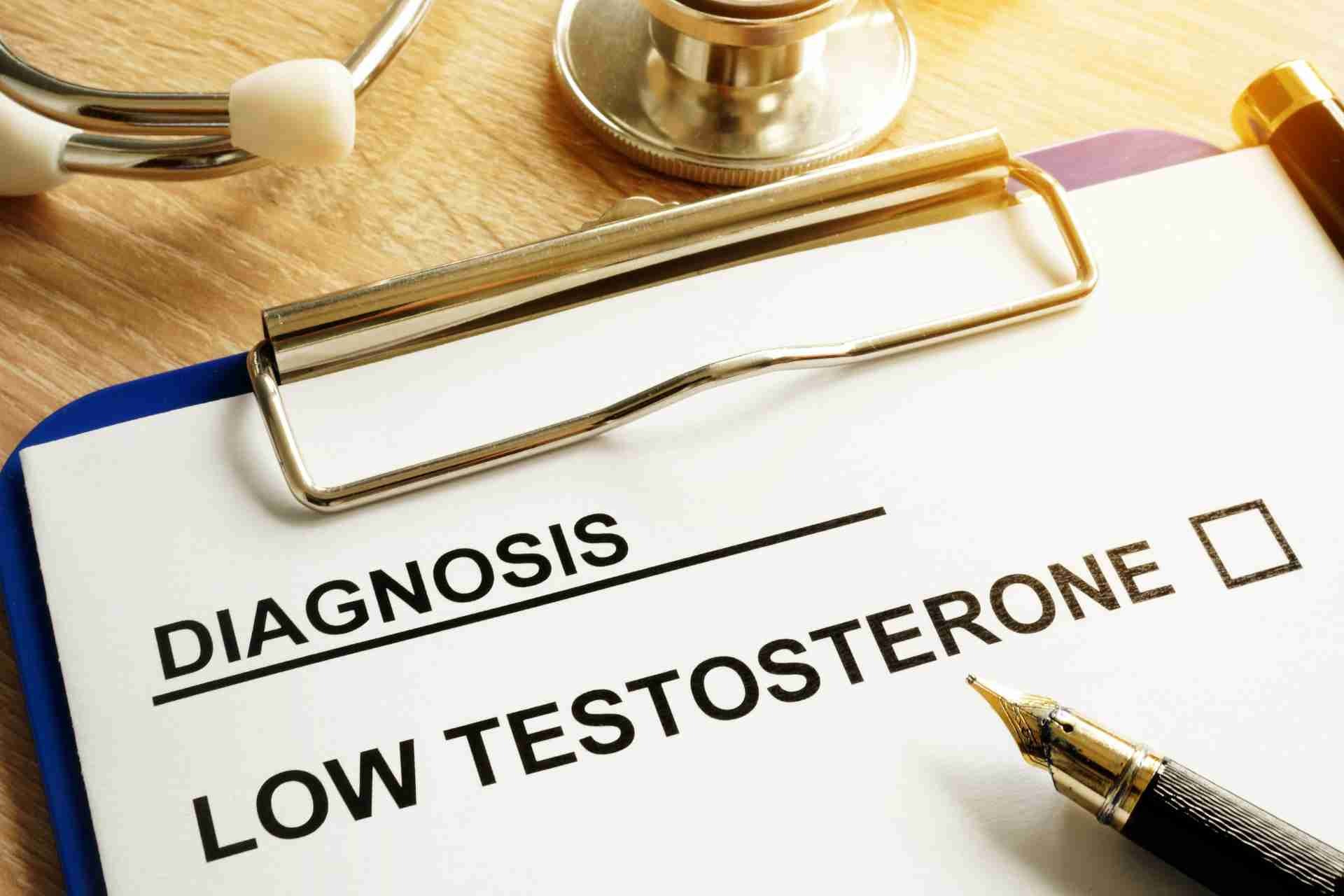
What causes testosterone deficiency?
Low Testosterone occurs when the testicles fail to produce sufficient levels of the hormone responsible for the proper development of male sexual characteristics.
Additionally, it plays a crucial role in maintaining muscle bulk, red blood cell levels, bone density, overall well-being, and sexual and reproductive function.
Moreover, it is important to note that inadequate testosterone production is not a common cause of erectile dysfunction (ED). Furthermore, in cases where ED coincides with decreased testosterone production, testosterone replacement therapy may help improve the condition.
Additionally, there is a gradual decline in their body’s testosterone levels. Moreover, This natural decline typically begins after the age of 30 and continues throughout life. Therefore, the significance of this decline is a topic of controversy and requires better understanding.
Symptoms of Low Testosterone include:
- Decreased sex drive
- Decreased sense of well-being
- Depressed mood
- Difficulties with concentration and memory
- Erectile dysfunction
What are the changes that occur in the body with testosterone deficiency?
Testosterone deficiency leads to various changes in the body, such as:
- Decrease in muscle mass and increase in body fat
- Variable effects on cholesterol metabolism
- Decrease in hemoglobin levels and potentially mild anemia
- Fragile bones (osteoporosis)
- Decrease in body hair
How do I find out if I have a testosterone deficiency?
The only accurate method to detect this condition is to have your doctor measure the amount of testosterone in your blood.
Additionally, multiple testosterone measurements may be necessary to determine if a patient has a deficiency since testosterone levels fluctuate throughout the day.
Furthermore, testosterone levels are generally highest in the morning, which is why doctors prefer, if possible, to obtain early morning testosterone levels.
What options are available for testosterone replacement?
The available options for testosterone replacement include the following:
- Doctors administer intramuscular injections every two or three weeks.
- Patients wear testosterone patches on the body or the scrotum (the sac containing the testicles). These patches are used daily, and patients rotate the application sites between the buttocks, arms, back, or abdomen.
- Patients apply testosterone gels daily to the shoulders, upper arms, or abdomen.
For more information about Low Testosterone Cause, contact us.
To schedule a free consultation and determine the best approach for your needs, please visit www.coremedicalgrp.com or call us at 866-641-CORE (2673).

